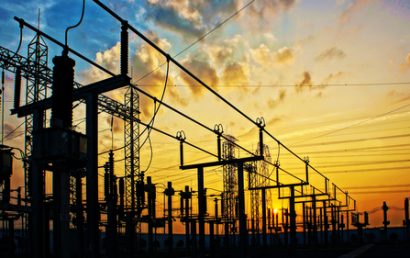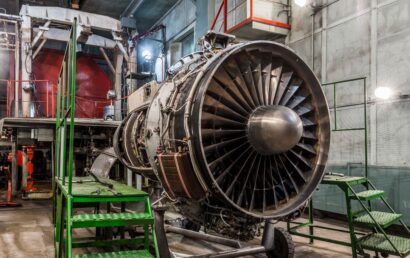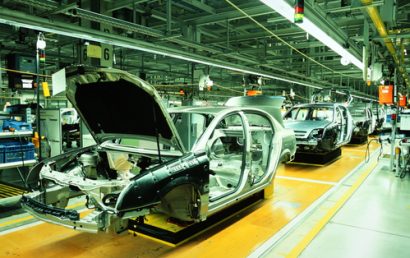Offshore Wind Industry Changes With The Times
It’s taken a long time for the United States offshore wind industry to get where it is today. As the saying goes, “slow and steady wins the race”, but more than winning was at stake here. Wisdom has been gained by exercising patience and taking the time necessary to learn, apply the lessons learned, and develop procedures and techniques that work – and work longer.
The United States Offshore Wind Industry
With a total capacity potential of 23,735 MW, 28 offshore wind projects are foreseen by United States planners. Clearly, the near future is expected to be a substantial time of growth for the United States offshore wind industry. It is a costly venture, yes, but one that is crucial. And there are ways of cutting costs, without cutting quality.
Improved O&M efficiencies, turbines, and foundations will decrease the costs of this lofty venture. Thanks to the patience that the industry has practiced, they have the benefit of hindsight, developed over the years.
Though more projects are scheduled for development, the United States has but one project south of Rhode Island involving a five-turbine setting – to date. The BOEM (Bureau of Ocean Energy Management) has given 11 commercial leases to United States developers. These leases will be used to set up more than 14 GW of offshore wind involving New York, Delaware, New Jersey, Maryland, Virginia, Massachusetts, and Rhode Island coasts.
Some of the Biggest Lessons Learned
As referred to earlier, patience and a “steady as she goes” frame of mind has allowed for the learning and implementing of certain lessons throughout the process of developing the offshore wind project industry. Safety was one lesson.
Standards had to be set and recognized, then implemented. Safety is essential due to all the risks involved in the industry. Safety regulations and implementation started with technicians working offshore and crew transfer vessels and progressed from there.
Wear and corrosion was a constant potential threat to underwater cables, foundations, and wind turbines. The equipment had to endure offshore conditions against corrosion and wear resulting from seawater exposure and wind.
Protective Coatings Were Needed
Protective, anti-corrosive coatings and materials were an obvious need in such an environment. And though they have been in place for years, scientists and engineers continue to research the perfect combination of safety standards, components, and materials for the offshore wind industry.
Steel, for instance, will rust when left in water. Thanks to a new protective coating, TSA (thermal spray aluminum), erosion has been significantly reduced. A 25-year operating lifetime can now be expected from monopole foundations that were treated with a TSA coating. This also reduces, by several tons, metal deposits into the sea.
Other concerns consisted of offshore cable protection, safer docking through impact monitoring, underwater inspections led by robots, and the securing of turbine cargo. All of these concerns have been or continue to be addressed through a variety of studies, applications, and techniques.
A&A Coatings has applied protective, wear and corrosion resistant coatings in the converting industry for years. We understand the specific needs of the industry and have, in fact, participated in innovations that have transpired over the years in the converting industry. Contact us today to see what we can do for your industry.



